Crusher machine Malaysia is a booming sector driven by the country’s growing construction, mining, and infrastructure development needs. With increasing demand for processed aggregates, recycled construction waste, and mineral ores, the market sees robust adoption of diverse crushing solutions. Whether for hard rock extraction, urban waste recycling, or sand production, understanding the right equipment is key to operational success.
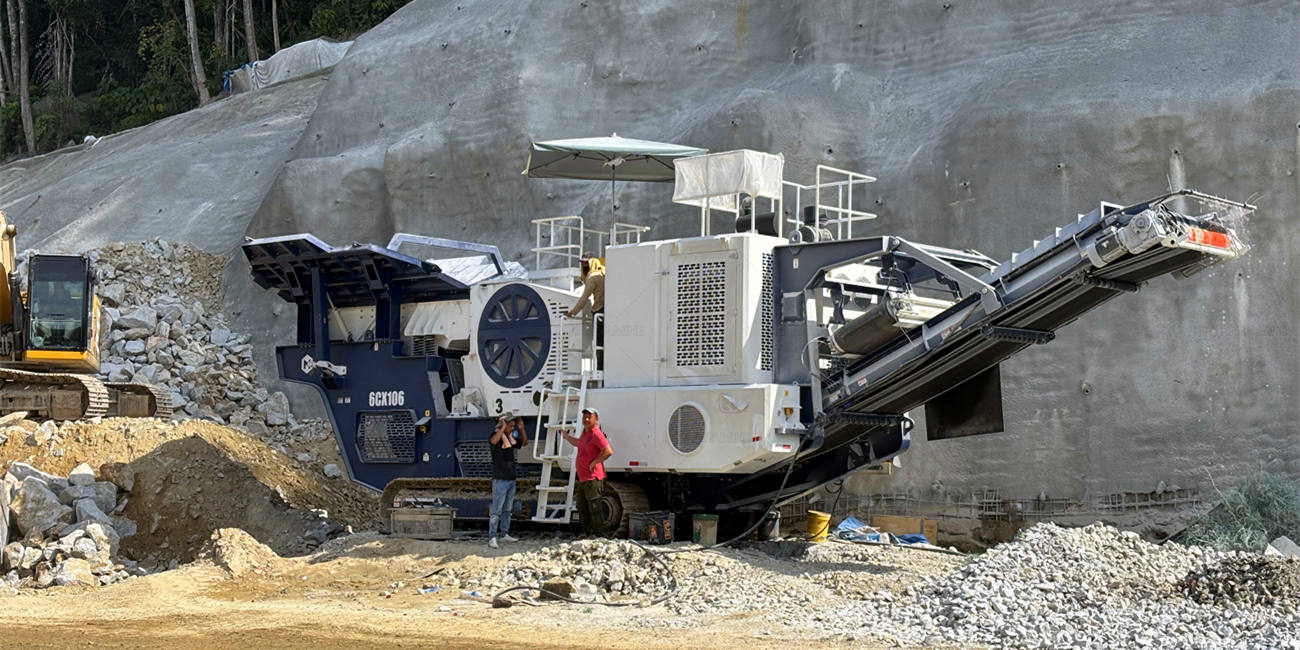
Raw Materials for Crusher Machine Malaysia & Their High-Value Outputs
Crusher machines in Malaysia play a pivotal role in transforming diverse raw materials into essential construction and industrial inputs, catering to the demands of sectors like mining, infrastructure, and waste management. Here’s a detailed breakdown based on different raw materials:
Mineral Ores
Malaysia’s mining sector, valued at over RM18 billion annually, relies heavily on crushers to process abundant ores such as iron ore (primarily in Pahang), gold ore (Kelantan), and bauxite (Johor). Crushers reduce these ores to particle sizes as fine as 10mm, enabling efficient metal extraction. For instance, crushed iron ore feeds steel mills in Selangor, while processed bauxite supports aluminum production—critical for Malaysia’s manufacturing exports, which grew by 7.2% in 2024.
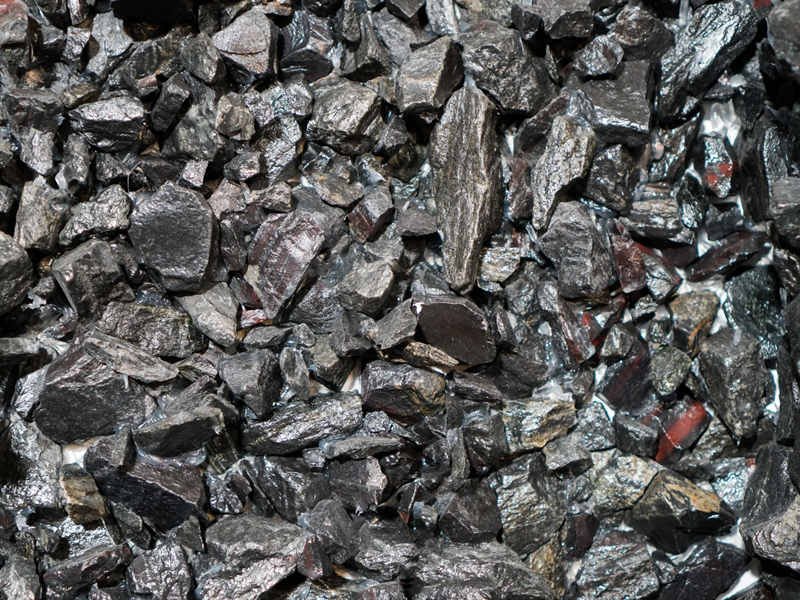
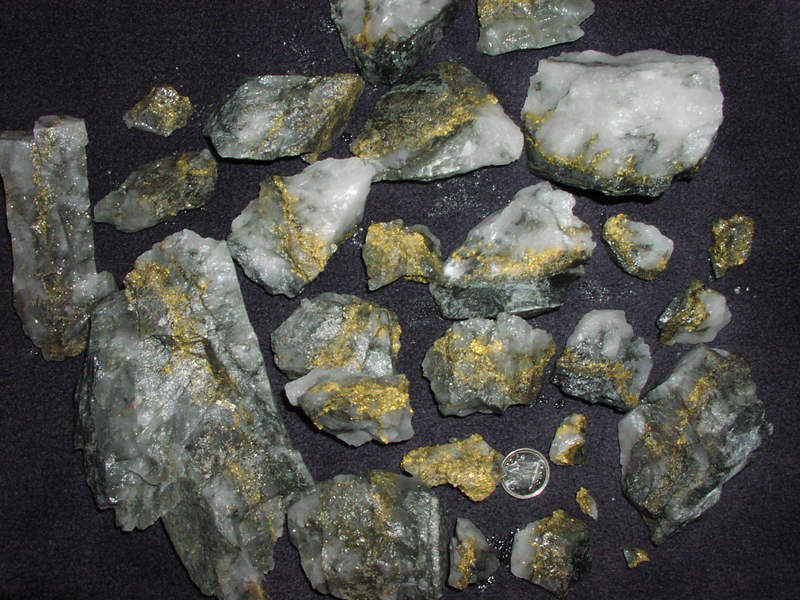
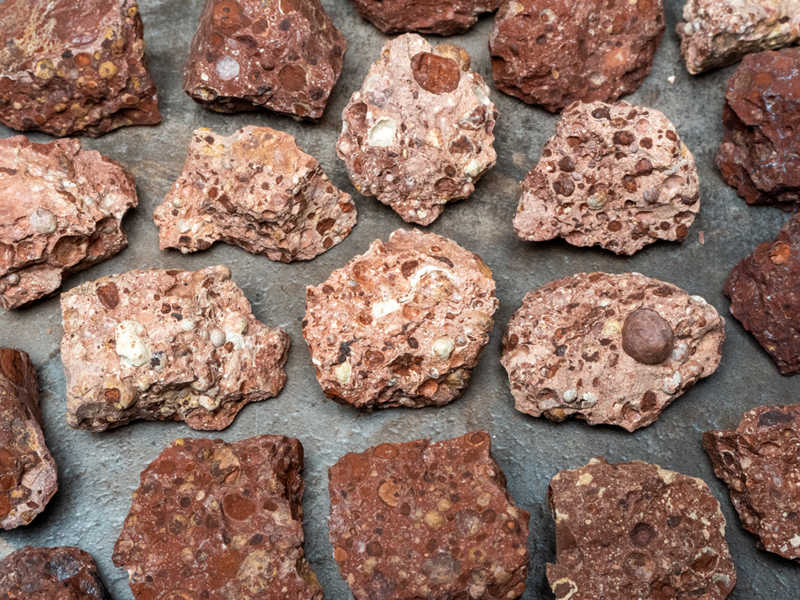
Natural Stones
Local quarries produce over 25 million tonnes of granite, limestone, and sandstone yearly, all processed by the stone crusher machine Malaysia into graded aggregates. These outputs (0-5mm for concrete, 5-20mm for road bases, 20-40mm for foundations) are indispensable for mega-projects like the Penang Light Rail Transit and Johor-Singapore Causeway upgrades. Concrete mixing plant alone consume 60% of these aggregates, driving steady demand from suppliers.
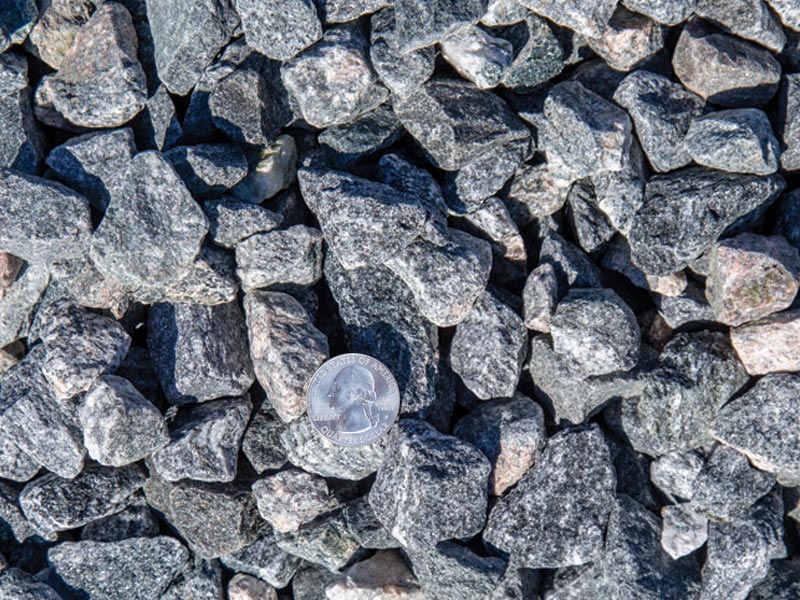


Construction Waste
With Malaysia generating 18 million tonnes of construction waste annually, crushers are key to recycling concrete chunks, asphalt, and brick debris into reusable materials. Crushed waste yields recycled aggregates (e.g., 10-30mm for sub-base layers) that meet Malaysian Standard MS 1525, used in projects like Kuala Lumpur’s urban renewal schemes. This not only cuts landfill usage by 35% but also lowers material costs for contractors by up to 20%.
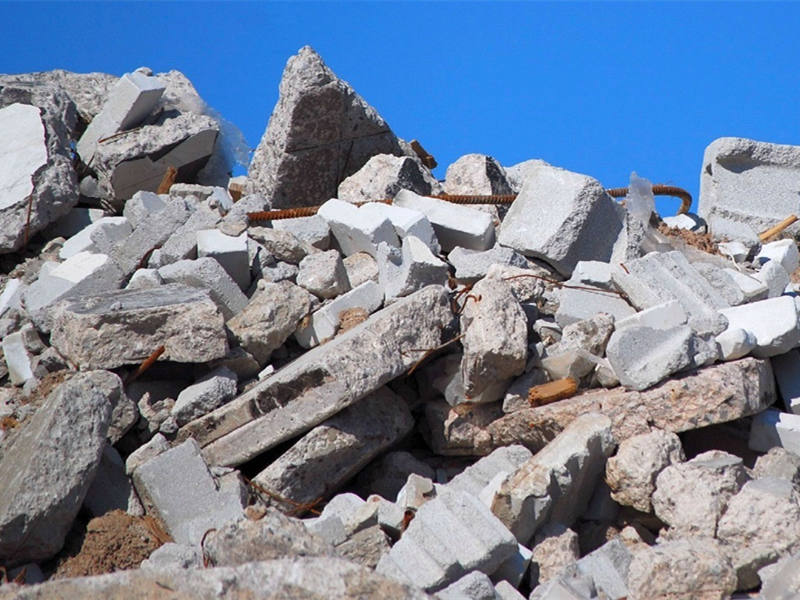

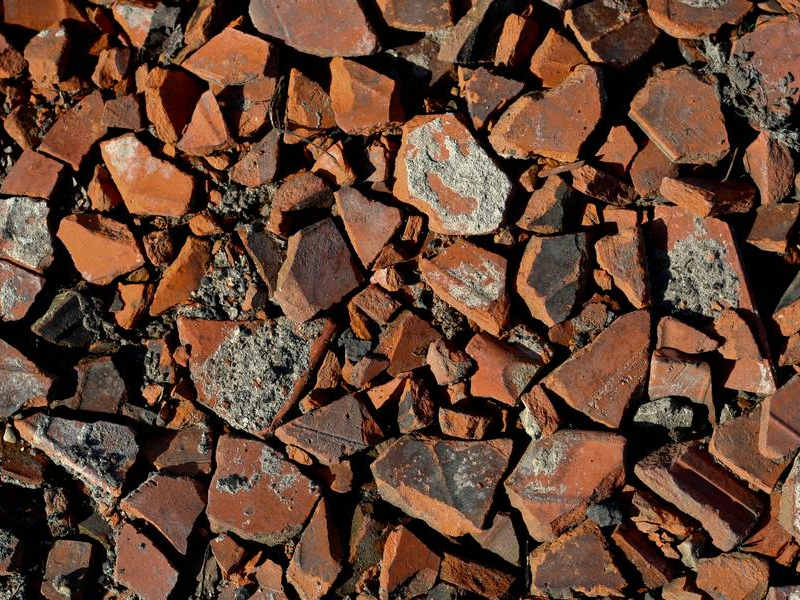
Solutions of Crusher Machine Malaysia
Crushers in Malaysia are primarily divided into fixed crushers and mobile crushers, each engineered to address distinct operational requirements—from long-term, high-volume production to flexible, on-site processing. Understanding their unique characteristics and sub-types can help you identify equipment aligned with your operational setup.
Fixed Crushers: Designed for Long-Term, High-Capacity Operations
Fixed crusher machines are permanently installed at dedicated sites, optimized for continuous, large-scale production. You can choose fixed type if your business is related to scenarios such as quarries, mining operations, or permanent aggregate plants where raw materials are concentrated and long-term production is planned. Common sub-types include:
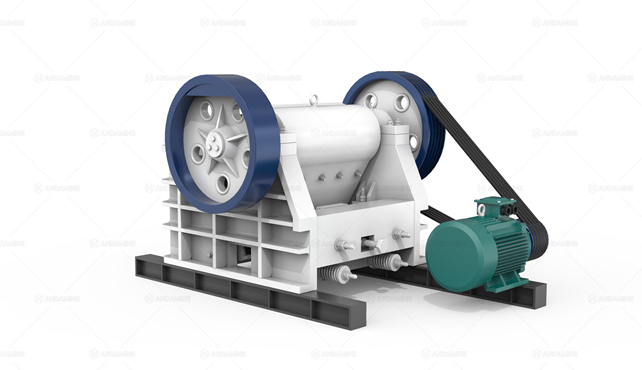
Jaw Crushers
Primary crushers for coarse crushing of hard materials like granite and iron ore. Their robust structure handles large feed sizes (up to 1.5m), making them essential for initial material reduction in mining and quarrying operations.

Cone Crushers
Secondary or tertiary crushers for medium-to-fine crushing of hard rocks. They produce uniform, cubical aggregates (5-20mm) widely used in concrete production and infrastructure projects.
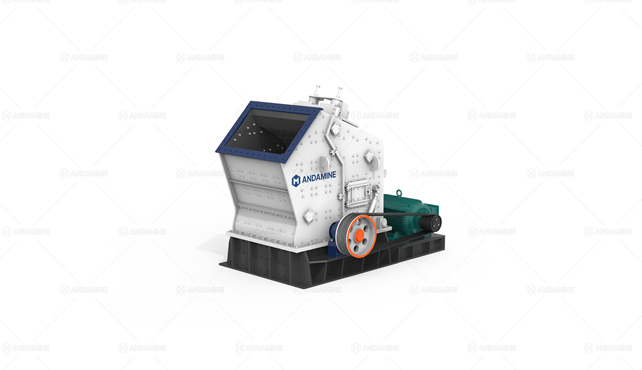
Impact Crushers
Specialized for shaping and refining softer materials such as limestone or recycled concrete, delivering well-graded aggregates suitable for ready-mix concrete plants.
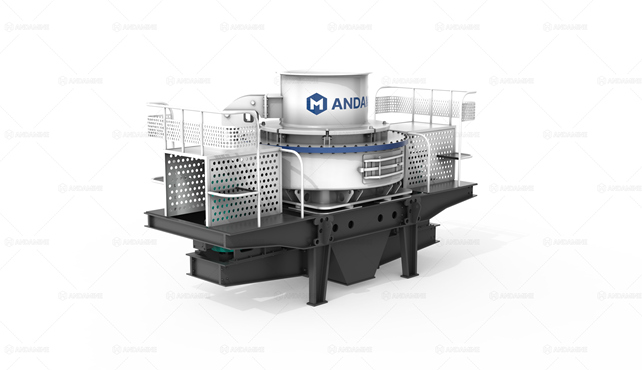
Sand Making Machines
Transform crushed stone into fine sand (0-5mm), addressing the growing demand for sand in construction and coastal development projects.
Mobile Crushers: Flexibility for On-Site and Remote Operations
Mobile crusher Malaysia is mounted on wheeled or tracked chassis, designed for easy relocation—ideal for projects requiring on-site processing, remote mining areas, or temporary construction sites. The mobile crushers eliminate the need for material transportation, reducing costs and operational delays.
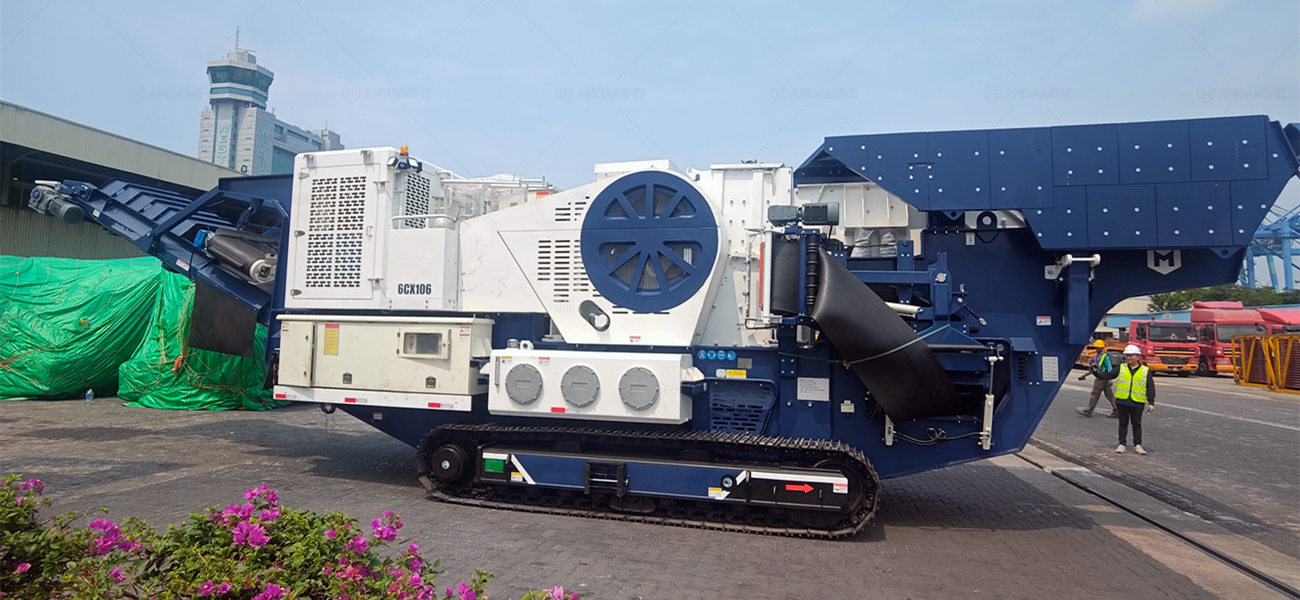
Common standalone mobile units include mobile jaw crushers (for on-site primary crushing) and mobile cone crushers (for secondary processing). However, our standout solutions—4-in-1 integrated mobile crushers and 3-in-1 integrated mobile crushers—are engineered to solve key operational challenges in Malaysia:
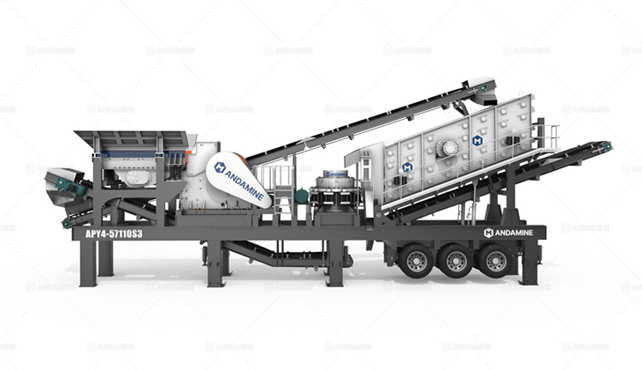
4-in-1 Integrated Mobile Crusher: Adaptability Across Diverse Workflows
This all-in-one unit combines feeding, crushing, screening, and intelligent control, designed for operators handling varied materials across remote or signal-challenged areas:
- Rapid mobility: A tri-axle chassis and ski plate support enable quick relocation between sites, critical for operations in remote regions or projects with shifting work zones.
- Smart operation: Integrated PLC control (one-click start) supports both touchscreen and button operation, while an IOT remote monitoring system (compatible with 2G/3G/4G, WiFi, or wired networks) ensures real-time tracking—even in areas with poor connectivity—minimizing downtime.
- Low maintenance: ROSTA elastic vibration supports replace traditional steel springs, reducing irregular amplitudes during start-up/shutdown, while maintenance-free side vibration motors require service only every 1500-2000 hours, lowering operational costs.
- Flexible configuration: Modular design allows easy swapping of secondary crushers (e.g., impact crushers, sand makers), adapting to multiple material types and processing needs.
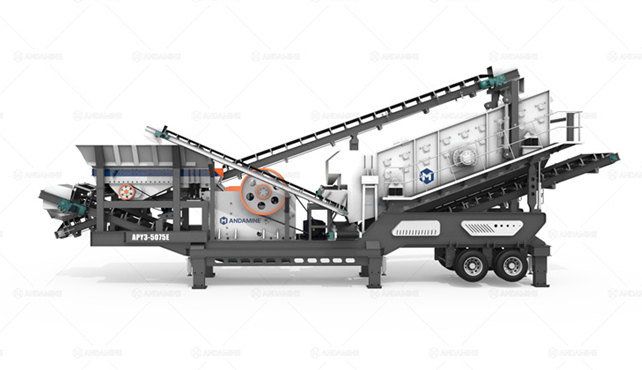
3-in-1 Integrated Mobile Crusher: Efficiency with Environmental Compliance
Built for high-performance crushing while meeting strict environmental standards, this unit excels in urban and eco-conscious operations:
- Superior output: A heavy-duty rotor design in the impact crusher enables two-stage crushing, delivering high crushing ratios and well-shaped aggregates for consistent end products.
- Eco-friendly features: Dual-sealed inlets/outlets minimize dust, while an optional full dust control system (including fog cannons, telescopic dust hoods, and belt covers) ensures compliance with local environmental regulations, making it suitable for urban areas.
- Cost and energy efficiency: Energy-saving motors reduce power consumption by 30%, while reinforced belt designs (slag discharge rollers, buffer beds) extend service life, benefiting budget-focused operators.
- Stable performance: Ski plate support increases ground contact area, ensuring reliability on uneven terrain—from quarry sites to demolition zones.
Whether prioritizing long-term production capacity (fixed crushers) or on-site flexibility (mobile solutions), these categories cater to Malaysia’s diverse industrial needs, from large-scale mining to temporary construction projects.
Crusher Selection Guide in Malaysia: Matching Equipment to Your Specific Needs
Choosing the right crusher in Malaysia depends on your primary material, production goals, and operational constraints. Whether you’re breaking hard rock in a quarry, recycling construction waste in urban areas, or producing aggregates for concrete, this guide simplifies the decision-making process with actionable recommendations tailored to local conditions.
For Hard Rock Crushing (e.g., Granite, Iron Ore, Basalt)
Hard rock crushing demands equipment capable of handling high compressive strength (over 300 MPa) and large, abrasive feed sizes. Such materials are common in Malaysia’s mining regions, including Pahang’s iron ore deposits and Perak’s granite quarries, as well as in large-scale infrastructure projects.
Key Requirements:
- High durability to withstand repeated impact from hard materials.
- Efficient primary and secondary crushing to reduce large boulders (up to 1.5m) to usable sizes (5-40mm).
- Consistent performance for long hours to meet high-volume production targets.
Recommended Equipment:
Fixed Setup: A jaw crusher for primary crushing paired with a cone crusher for secondary crushing works well. Jaw crushers excel at breaking large, hard rocks into manageable chunks, while cone crushers refine them into uniform, cubical aggregates. This combination is ideal for quarries or mining sites with permanent operations.

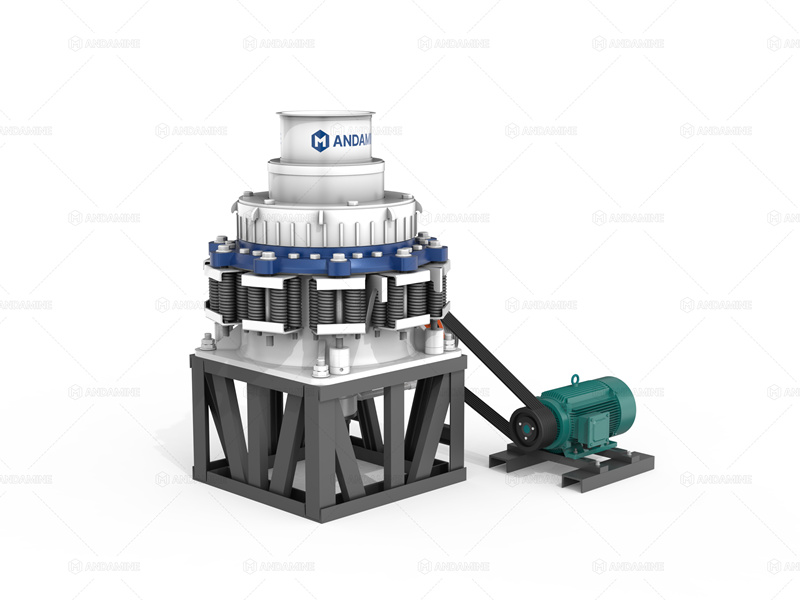

Mobile Setup: For remote mining sites or temporary hard rock projects such as road construction in rural Johor, a mobile jaw crusher for primary crushing combined with a 4-in-1 integrated mobile crusher for secondary crushing is optimal. The 4-in-1 unit’s modular design allows swapping in a cone crusher as the secondary stage, ensuring flexibility while handling hard materials. Its tri-axle chassis and ski plate support also enable easy relocation across rough terrain.
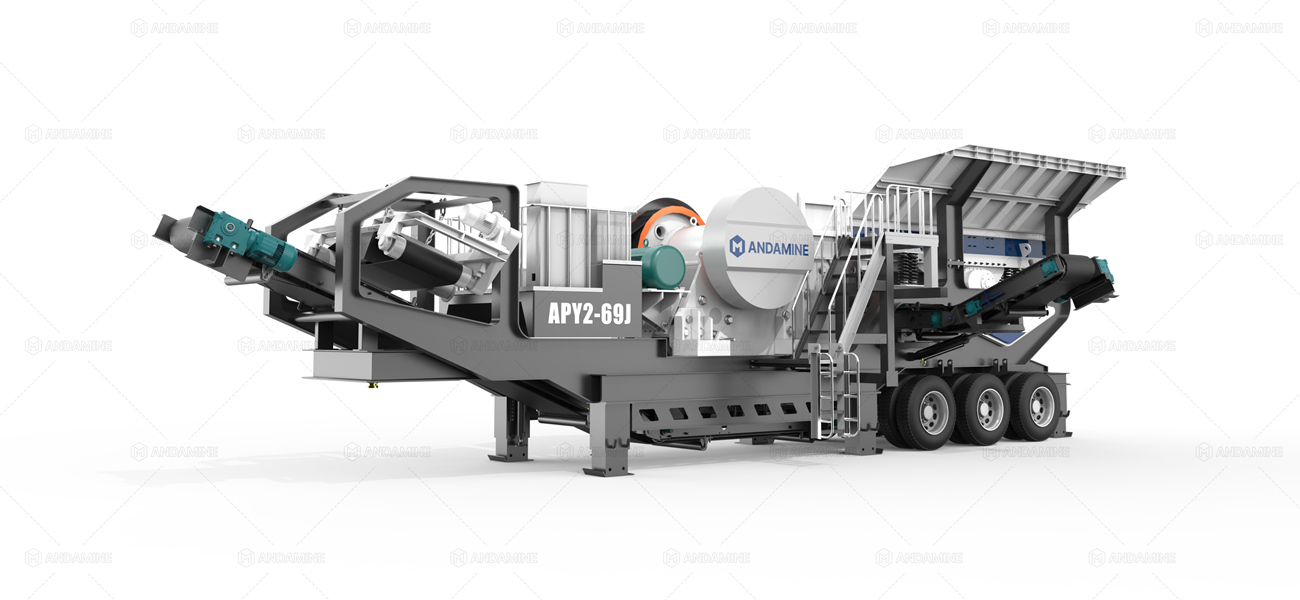
For Construction Waste Recycling (e.g., Concrete Debris, Asphalt, Bricks)
Malaysia generates over 18 million tonnes of construction waste annually, making recycling a cost-effective and eco-friendly priority. Crushers for this purpose must handle mixed, often abrasive materials while meeting strict dust and noise regulations, especially in urban areas like Kuala Lumpur.
Key Requirements:
- Versatility to process mixed materials, including concrete with steel reinforcement and asphalt chunks.
- Dust and noise control to comply with local environmental standards such as MS 1525.
- Efficient removal of contaminants such as steel to produce clean recycled aggregates.
Recommended Equipment:
Fixed Setup: An impact crusher with a built-in magnetic separator is ideal for permanent recycling yards. Impact crushers handle the variable hardness of construction waste, while magnetic separators remove steel rebar. This is critical for producing clean recycled aggregates (10-30mm) used in sub-base layers. Pairing the crusher with a screening unit ensures graded outputs.
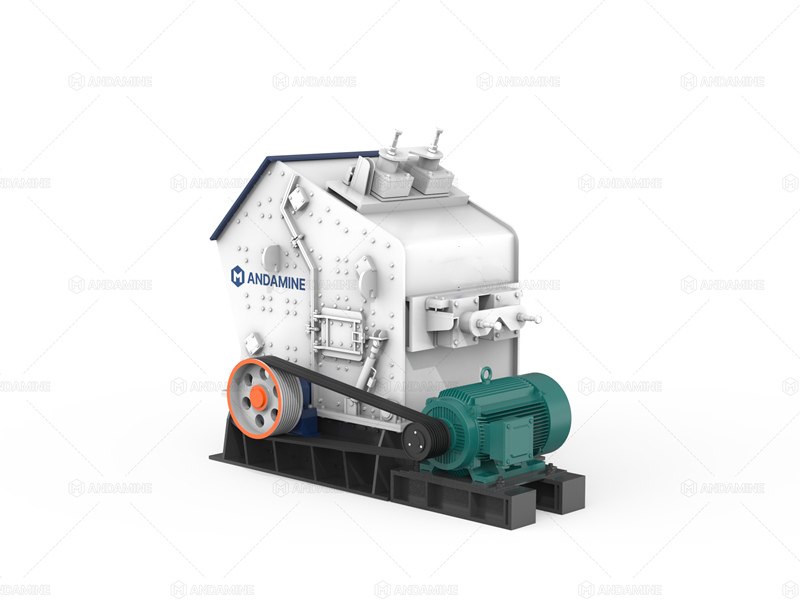

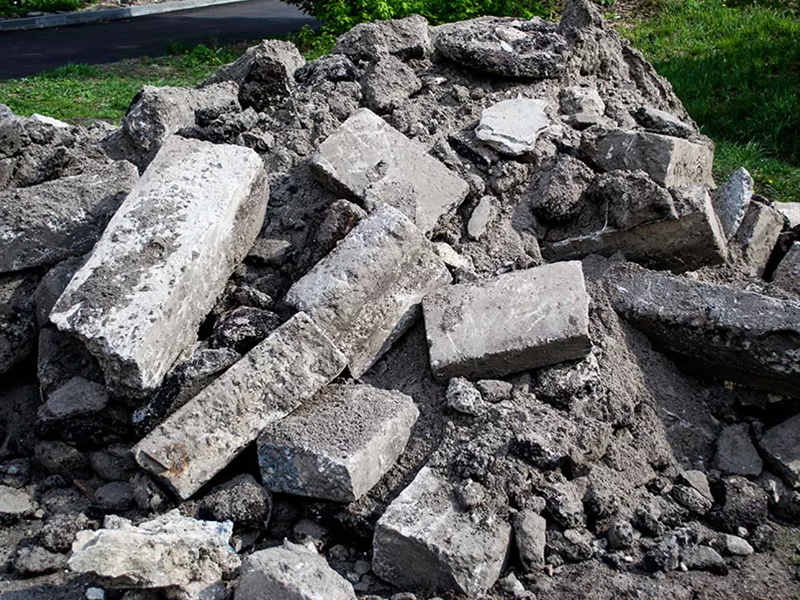
Mobile Setup: The 3-in-1 integrated mobile crusher is a game-changer for on-site demolition recycling. Its heavy-duty impact crusher with a dual-sealed design minimizes dust, while the optional full dust control system (including fog cannons and telescopic hoods) keeps operations compliant in urban zones. The built-in magnetic separator (via self-dumping iron removal) and slag discharge rollers protect belts from damage, which is key for processing debris with metal fragments. Its tri-axle chassis allows moving directly to demolition sites, eliminating transportation costs.

For Sand and Aggregate Production (e.g., Limestone, River Stone)
Sand and aggregates are the backbone of Malaysia’s construction industry, used in concrete, road bases, and building foundations. Crushers for this purpose must deliver consistent particle sizes, good grain shape, and high production efficiency to meet steady demand.
Key Requirements:
- Ability to produce graded aggregates (0-5mm, 5-20mm, 20-40mm) and fine sand.
- Uniform particle shape (cubical) for better concrete workability.
- Energy efficiency to keep operational costs low for high-volume plants.
Recommended Equipment:
Fixed Setup: A combination of a jaw crusher for primary crushing, an impact crusher for secondary shaping, and a sand making machine for tertiary sand production works best. For example, processing limestone (softer than granite) with a jaw crusher first, then an impact crusher to shape 5-20mm aggregates, followed by a sand maker to produce 0-5mm sand yields high-quality materials for ready-mix plants. This setup is suitable for large-scale aggregate suppliers.
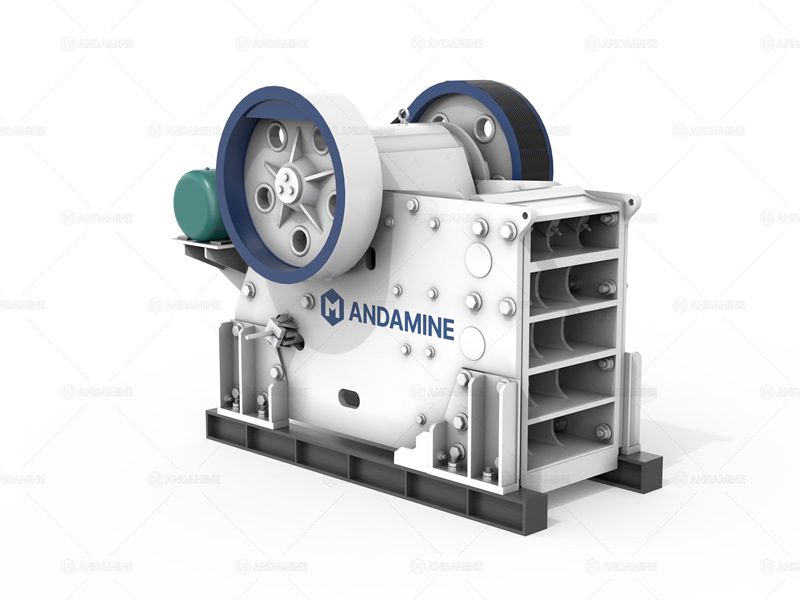
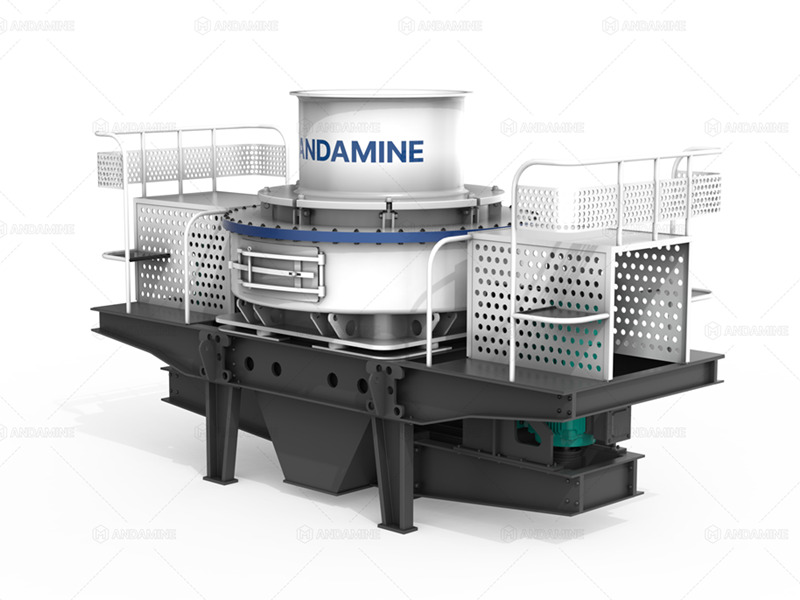

Mobile Setup: For small to mid-sized operations such as rural sand plants in Sabah, the 4-in-1 integrated mobile crusher with a sand maker module is ideal. Its smart feeding system (remote-controlled with adjustable speed) ensures continuous production, while the energy-efficient motors reduce power use. This is critical for remote sites with limited electricity. The modular design lets operators switch between aggregate and sand production, adapting to market demand for either material. This can help you save the labor cost.
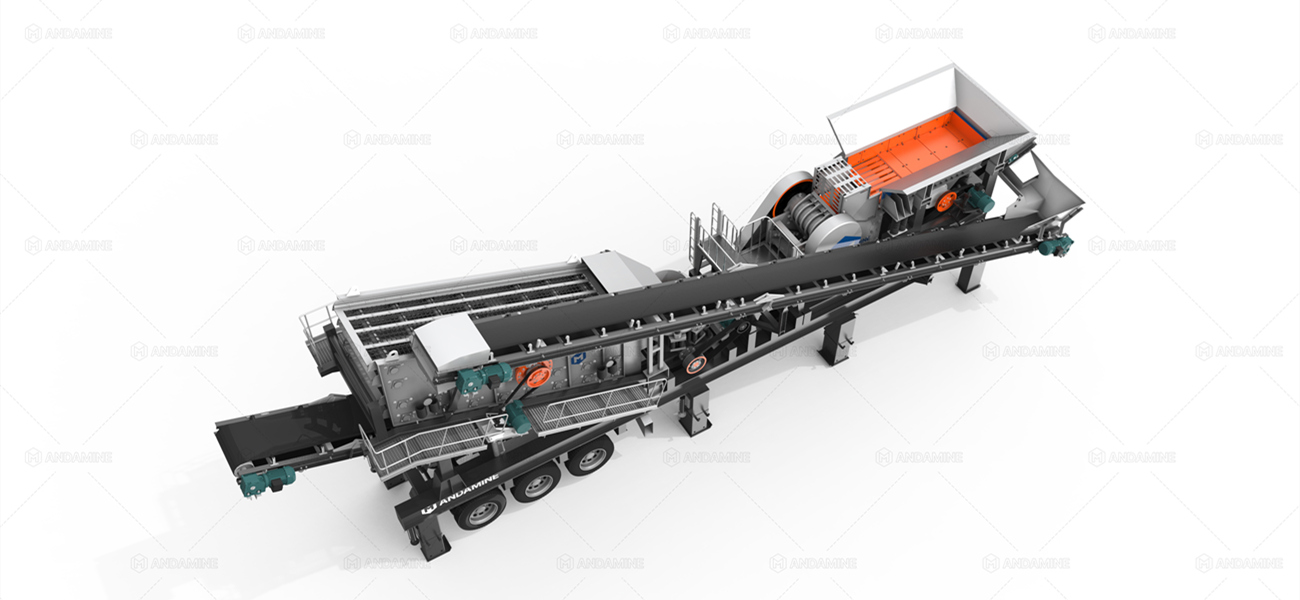
By aligning your needs with these recommendations, you can select a crusher that balances efficiency, cost, and compliance—whether you’re a quarry operator, waste recycler, or aggregate producer in Malaysia.
Mobile Crusher Malaysia Cases
100-200tph Crawler Crusher Plant for Cobblestone Processing

Tracked Jaw Crushers for Malaysia’s Road Projects
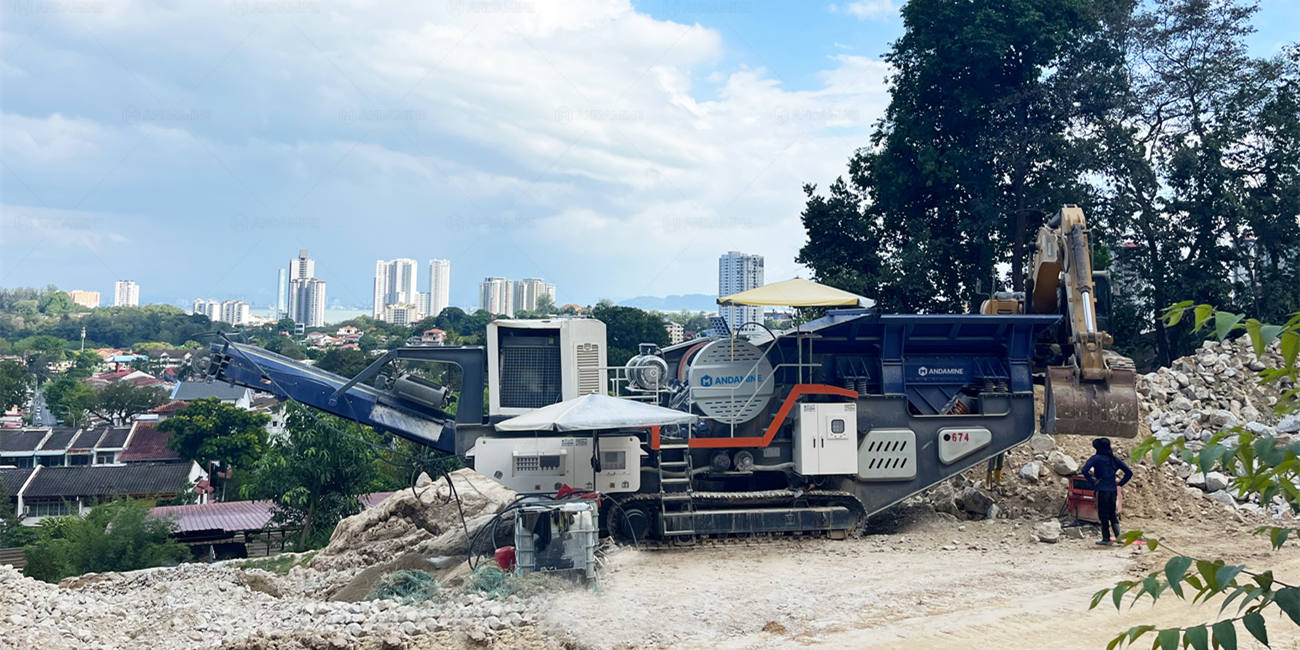
Mobile Crusher System for River Pebble Processing

Market Outlook: Why Malaysia’s Crusher Machine Sector is Primed for Growth
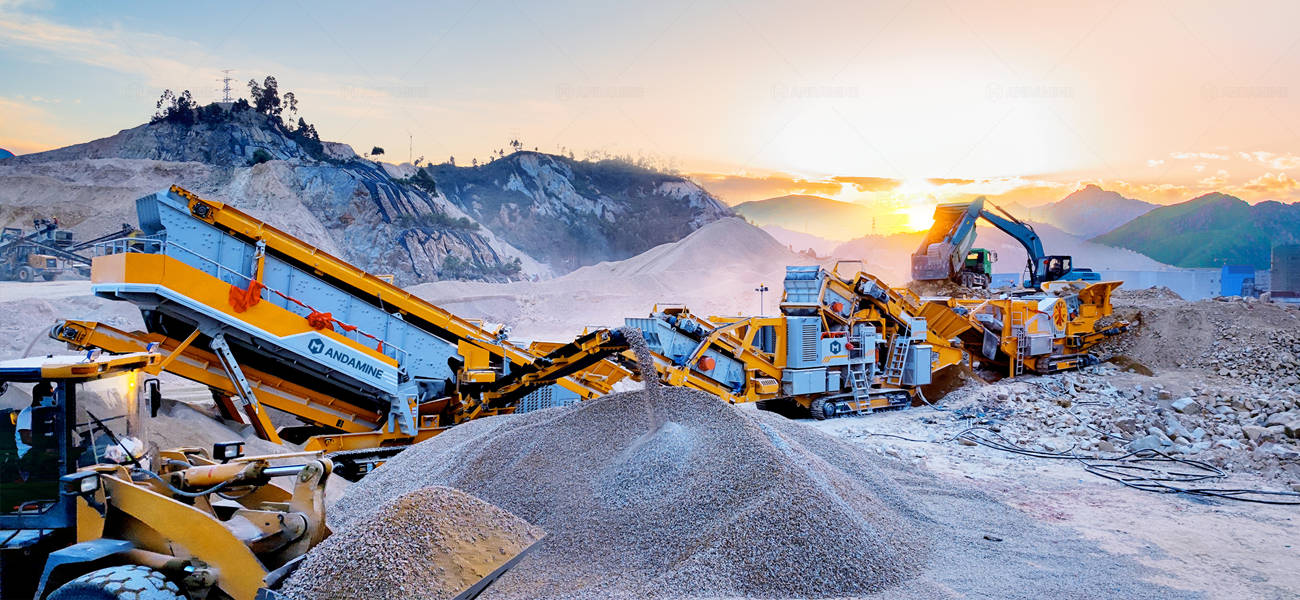
Government-Led Infrastructure Boom: Fueling Equipment Demand
Malaysia is rolling out its largest-ever infrastructure plan, allocating RM180 billion (≈$38 billion) over the next five years for railways, hospitals, schools, and the Sarawak Economic Corridor. The construction sector has grown for seven consecutive quarters, with Q4 2023 project completions valued at RM34.1 billion and property transactions surging by 17%.
- Aggregate Demand Surge: Infrastructure projects consume over 200 million tons of aggregates annually, making mobile crushers—with their rapid deployment and flexibility—the preferred choice.
- Supply Gap Opportunity: 70% of Malaysia’s construction machinery is imported, with cost-effective Chinese equipment (e.g., tracked crushers) dominating. In 2023, Malaysia imported 16,000 crushers from China (10% of China’s total exports).
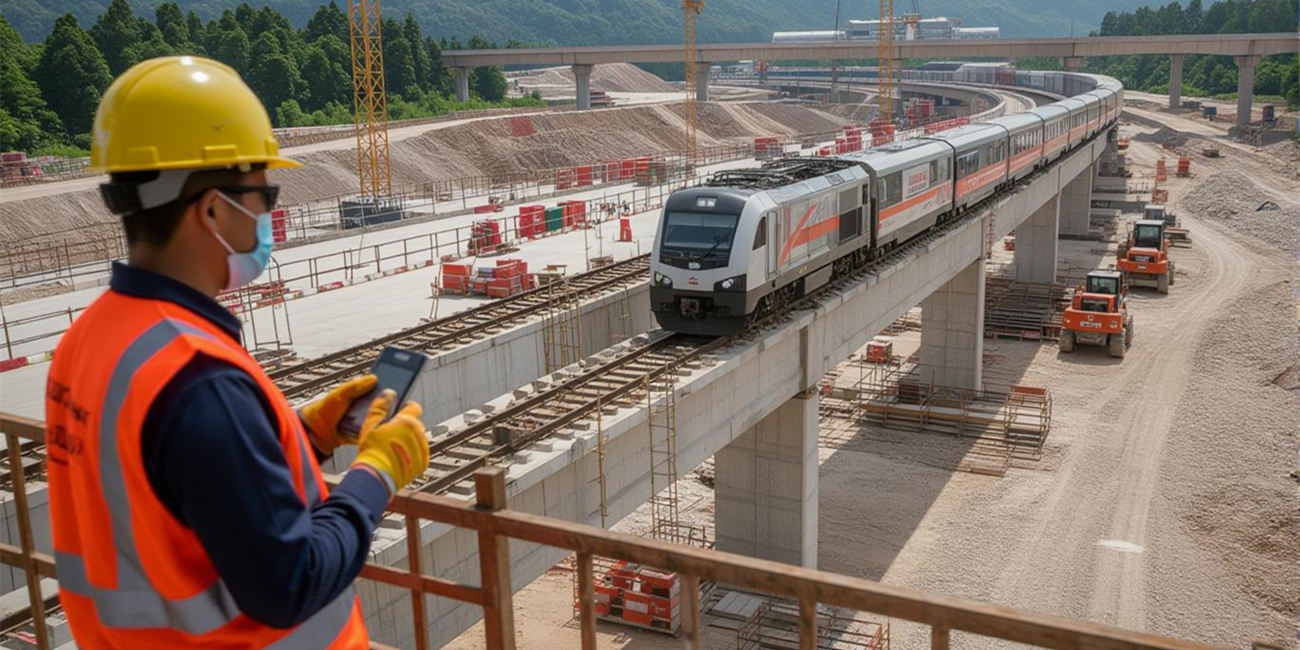
Circular Economy Policies: Turning Waste into Profit
Malaysia’s 2024 Solid Waste Circular Economy Blueprint (2025–2035) mandates:
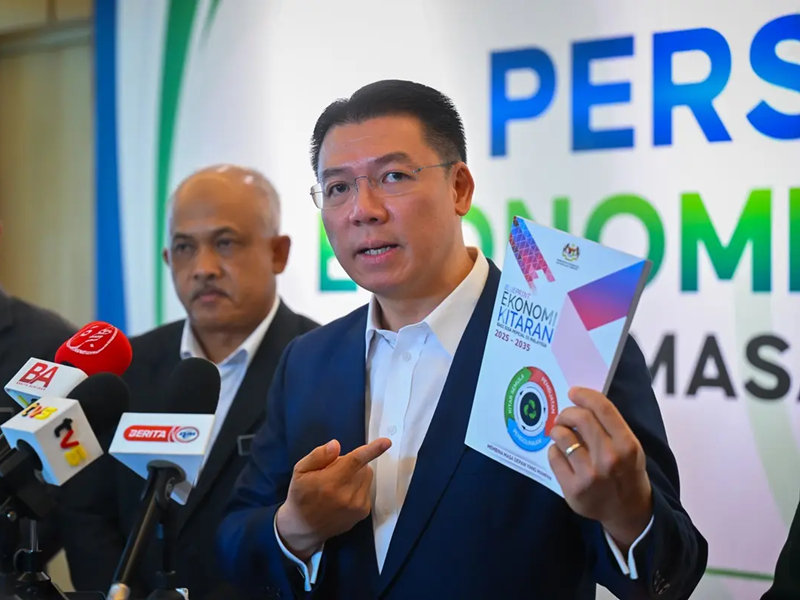
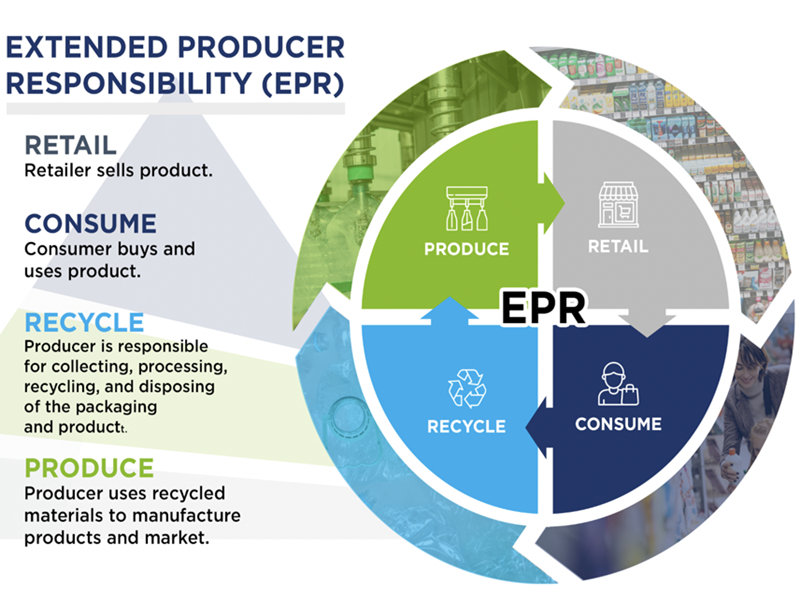
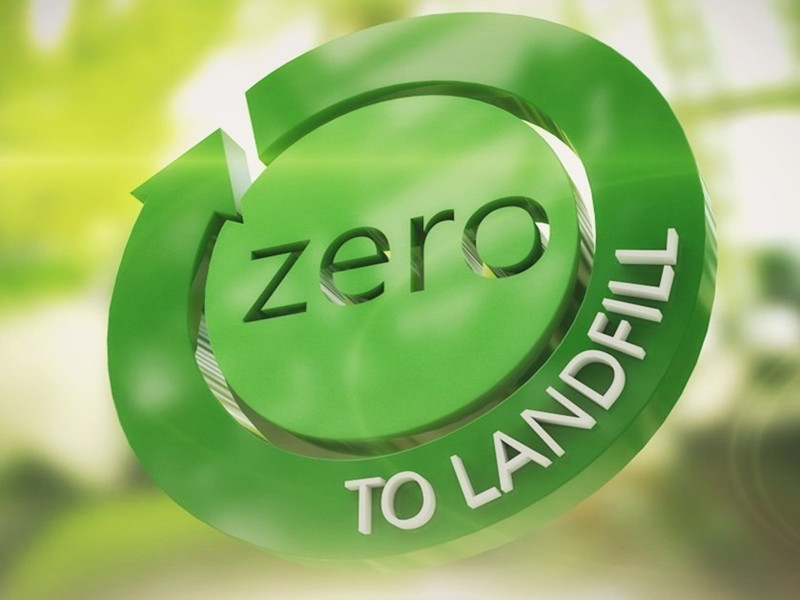
- Extended Producer Responsibility (EPR): Contractors must process on-site construction waste or face penalties.
- Zero Landfill Certification: Companies must achieve 40% recycling rates by 2025 to qualify for government tenders.
- Construction Waste Recycling Boom: Kuala Lumpur alone generates 39,000 tons of waste daily, driving demand for mobile impact crushers and screens to produce Recycled Concrete Aggregate (RCA), which costs 30% less than virgin materials.
ASEAN Gateway: Malaysia as a Regional Hub
As 2025 ASEAN Chair, Malaysia is streamlining cross-border infrastructure partnerships, offering:

- Tax Incentives: Crusher import tariffs slashed to 0–5% (VAT: 6%).
- Trade Opportunities: The ICW Expo 2025 (Kuala Lumpur, October) will connect suppliers with buyers from Vietnam, Indonesia, and beyond, targeting 30,000+ professional attendees.
Future Growth Sectors: Green & Smart Technologies
| Sector | Demand Drivers | Equipment Trends | Market Potential |
|---|---|---|---|
| Solar Raw Materials | Perak’s silica sand mines (PV glass supply) | VSI crushers, high-efficiency screens | 25% growth by 2025 ♻️ |
| Smart Mining | Government IoT mandates for mines | Remote-controlled crushers, AI inspection | 40% adoption by 2030 |
| Urban Renewal | KL’s 200+ redevelopment sites | Low-noise jaw crushers, modular plants | 5M tons/year capacity |
A Strategic Window for Investors
Malaysia’s crusher market is at an inflection point, driven by:
- Short-term (1–3 years): Infrastructure demand + waste regulations will push 12% CAGR for mobile crushers.
- Long-term (5–10 years): ASEAN smart mines and zero-waste cities will prioritize automated, eco-friendly equipment.
Seize Malaysia’s Crusher Momentum
Malaysia’s convergence of infrastructure expansion, recycling mandates, and ASEAN trade leadership creates a prime window for crusher investment. Position your operation ahead of the curve with eco-smart equipment engineered for tomorrow’s resource challenges.


